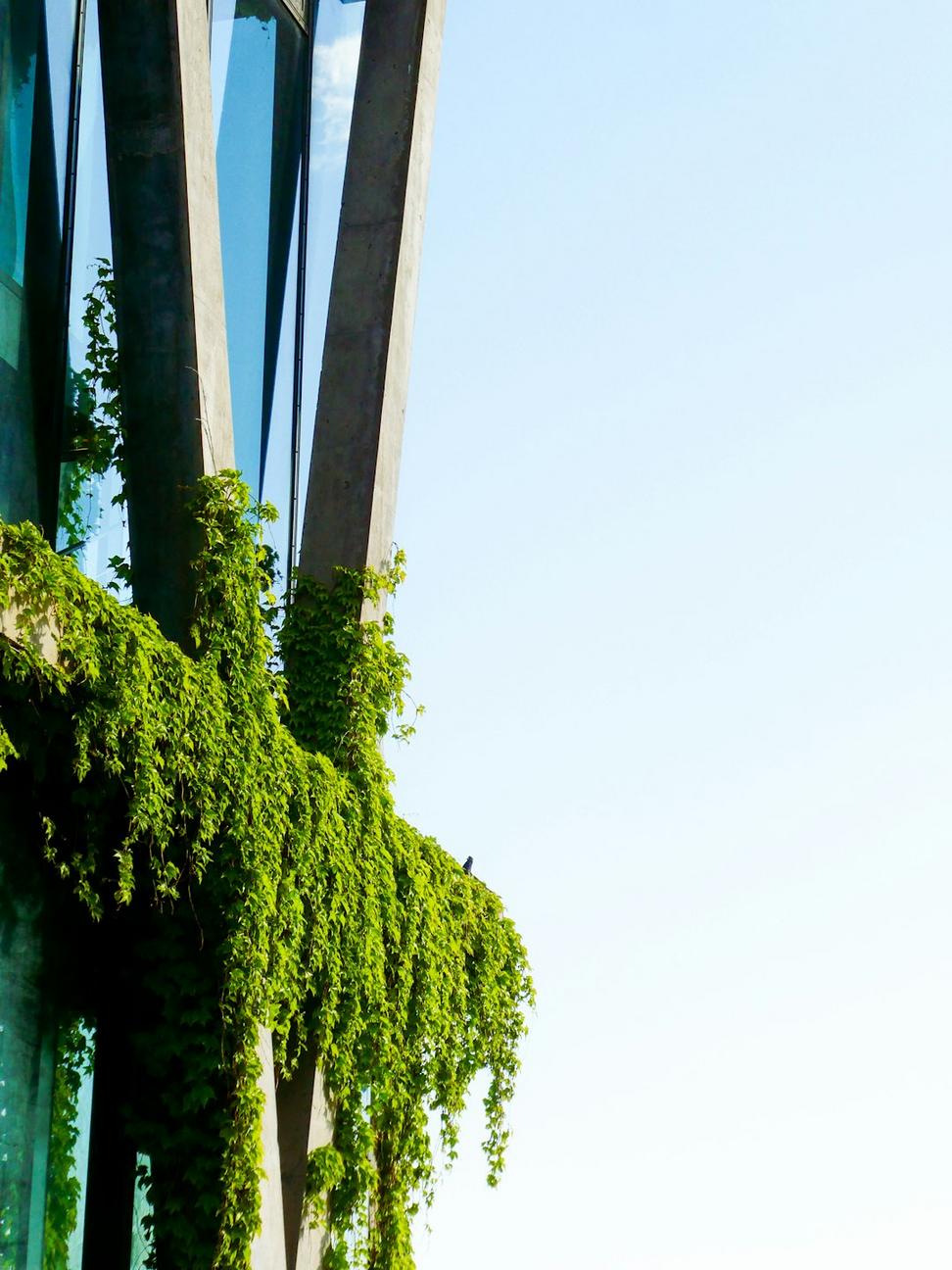
Certifications We Actually Care About
There's a lot of greenwashing in our industry, and it drives us nuts. We've put in the work to get certified by programs that actually mean something and hold us accountable.
LEED Accredited Professionals
Our lead designers have been through the LEED AP training, and we've delivered 18 LEED-certified projects to date—mostly Gold and Platinum level.
Passive House Institute
We're certified Passive House designers. If you haven't experienced a Passive House building, you're missing out—the indoor air quality and comfort level is something else entirely.
Living Building Challenge
This one's tough—it's basically the Olympics of green building. We've got two projects currently pursuing certification, and it's pushing us in ways we didn't expect.
WELL Building Standard
Because sustainability isn't just about the environment—it's about people too. WELL focuses on human health and wellbeing, and we think that's pretty important.
